

Max Davies
2026 GWM Cannon Ultra review
5 Days Ago

Marketplace Journalist
BMW is reportedly working on new entry-level electric vehicles (EVs), set to be badged i1 and i2, that it will sell alongside the combustion-powered 1 Series and 2 Series.
Autocarreports the two new models are already in development and are due later this decade, and will give BMW more affordable EVs to slot in under the iX1.
At the moment, BMW’s electric range in Australia starts at $78,900 before on-road costs for the iX1 eDrive20, which competes with the Mercedes-Benz EQA (from $84,900) and the Volvo XC40 Recharge Pure Electric (from $72,990).
The i1 is expected to be sold as either a hatchback or sedan, while the i2 will be a crossover with the option of a coupe body. Both models are reportedly set to use BMW’s Neue Klasse dedicated EV architecture.
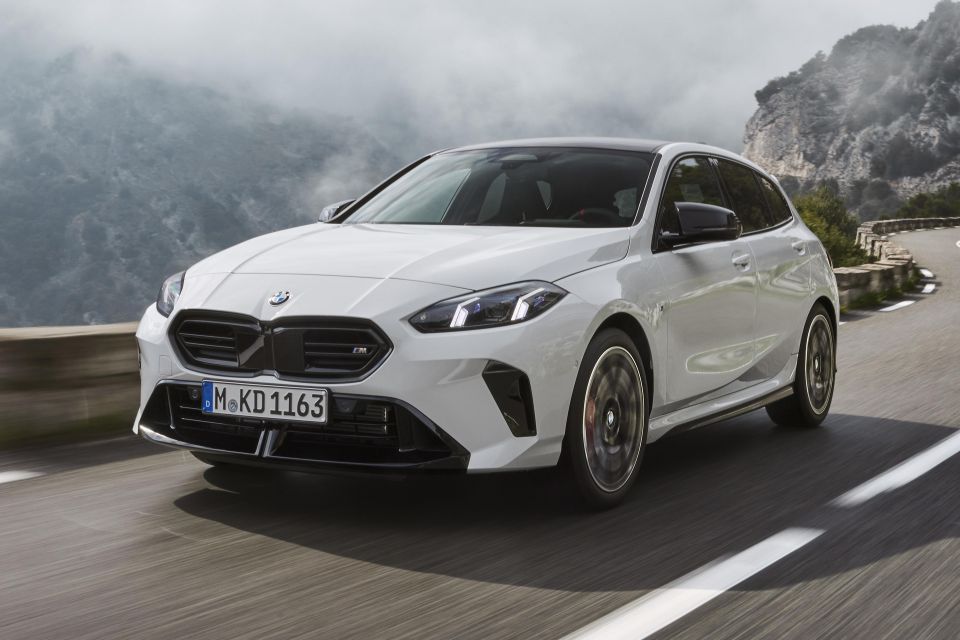
Insiders describe the i2 as a spiritual successor to the quirky i3 city car, which was discontinued in 2022 after nearly 10 years on the market.
While Mercedes-Benz isn’t replacing its current A-Class, BMW intends to stay in this segment and expand its offering with new electric options.
BMW senior vice president of brand and product management Bernd Körber told Autocar the brand wanted to grow in all markets and “connect with the younger generation”.
“Of course they have lower profitability but they also fulfil a different purpose in getting younger customers and developing [BMW] in certain markets,” he told the outlet.
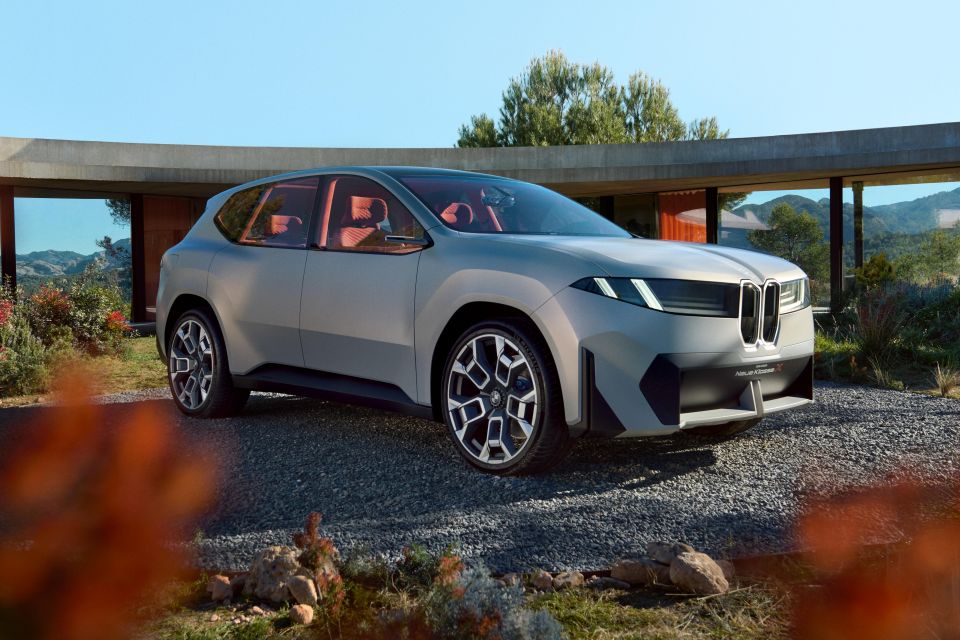
“So yes, they are still part of our strategy and it’s good that we have two brands in the segment, with of course Mini playing a big role.”
Mr Körber reportedly agreed the discontinuation of the Mercedes-Benz A-Class would provide an opportunity for BMW to grow its market share with the 1 Series.
The Neue Klasse architecture supports an 800V electrical system that can improve charging speed by up to 30 per cent over existing BMW EVs. The architecture will also debut new cylindrical battery cells for the brand.
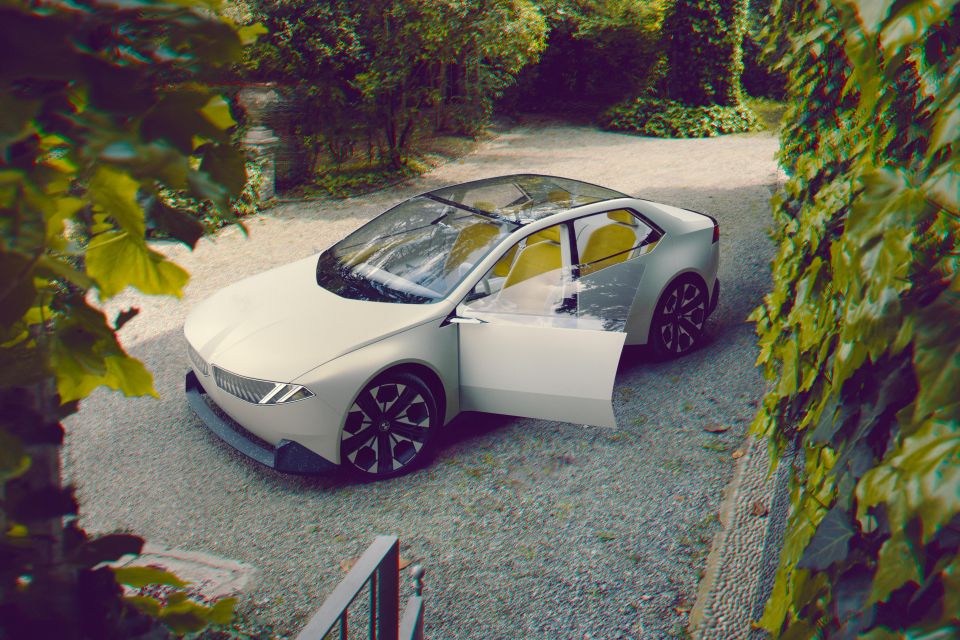
The architecture has been previewed with the larger Neue Klasse X and Neue Klasse sedan concepts.
Autocar reports there are two main Neue Klasse platforms: NBx, for front- and all-wheel drive vehicles; and NAx, for rear- and all-wheel drive vehicles.
Initial models including the second-generation iX3 will reportedly use the NAx architecture, while the i1 and i2 are expected to be the first to utilise the NBx platform that will reportedly eventually underpin the iX1 and Mini Countryman.
BMW will also reportedly use the NAx platform as the base for the NDx platform for larger luxury vehicles, and the ZAx platform for sports cars from the BMW M division.

BimmerPost user ynguldyn, who claims to compile future product information from leaks within BMW, reported the upcoming i1 will be in production from March 2028 to February 2036, while the i2 will have a shorter lifespan from July 2028 to June 2035.
They also wrote the recently redesigned combustion-powered 1 Series will be in production until October 2033, with 116 and 123 xDrive models to be added to the lineup later this year. They’ll use the same 2.0-litre turbocharged mild-hybrid powertrain as the current X1 sDrive16i and xDrive23i, which aren’t sold in Australia.
A redesigned version of the 1 Series’ four-door coupe sibling, the 2 Series Gran Coupe, is set to go into production this year. Like the new 1 Series, it’ll use an updated version of its predecessor’s underpinnings.
BMW says its electric models won’t be visually differentiated from combustion-powered vehicles.
“We will change the entire portfolio within a relatively short period of time, so that it has one look and feel and also the same capabilities,” said Mr Körber.
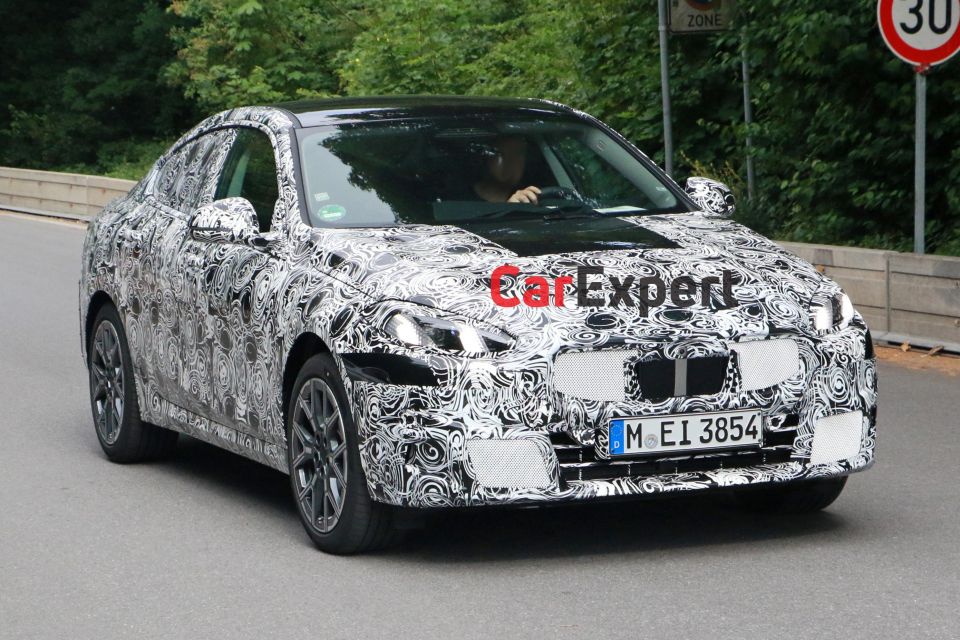
MORE: BMW CEO – Neue Klasse EVs will be range, pricing benchmark MORE: BMW looks to its next generation with Neue Klasse electric concept MORE: BMW reaches major EV sales milestone, despite cooling market MORE: BMW Vision Neue Klasse X – Electric concept previews 2025 iX3 MORE: Everything BMW
Where expert car reviews meet expert car buying – CarExpert gives you trusted advice, personalised service and real savings on your next new car.
Max Davies is an automotive journalist based in Melbourne, Australia. Max studied journalism at La Trobe University and stepped into the automotive world after graduating in late 2023. He grew up in regional Victoria, and with a passion for everything motorsport is a fan of Fernando Alonso.


Max Davies
5 Days Ago


Josh Nevett
4 Days Ago


Max Davies
4 Days Ago


Max Davies
2 Days Ago
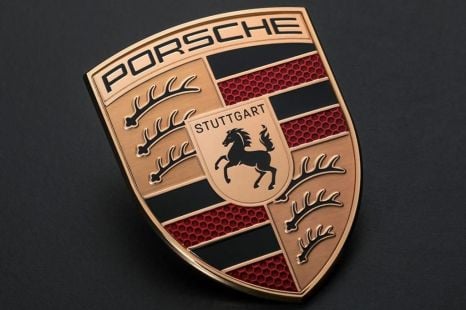

Damion Smy
2 Days Ago


Neil Briscoe
1 Day Ago